Making
Some words seem strange to me. Perhaps it’s my age. Making seems always to be, well, constructive, a sort of building word. In my world, it’s taking something quite raw and mostly all-natural and reforming it in some way to transform it into something useful and pleasing to look at. Mostly this is without decrying its existing beauty in the natural condition I first found it. On my walks in the wild and especially in the real wild places free from human interruption, I see things with a different eye. In my second home country of Texas, I rarely walked anywhere more than a few yards in a given direction without something stopping me in my tracks. A wild javelina suddenly jumps up and out from the underbrush with that high-pitched, ear-piercing squeal of young pig trapped to the ground by a snare. In the isolation of soundlessness, it can be a scary encounter at high speed as it shoots across the seer grasses like a popped cork from a bottle fizz, especially when you’re alone in 30 square miles of fenceless ranchland.
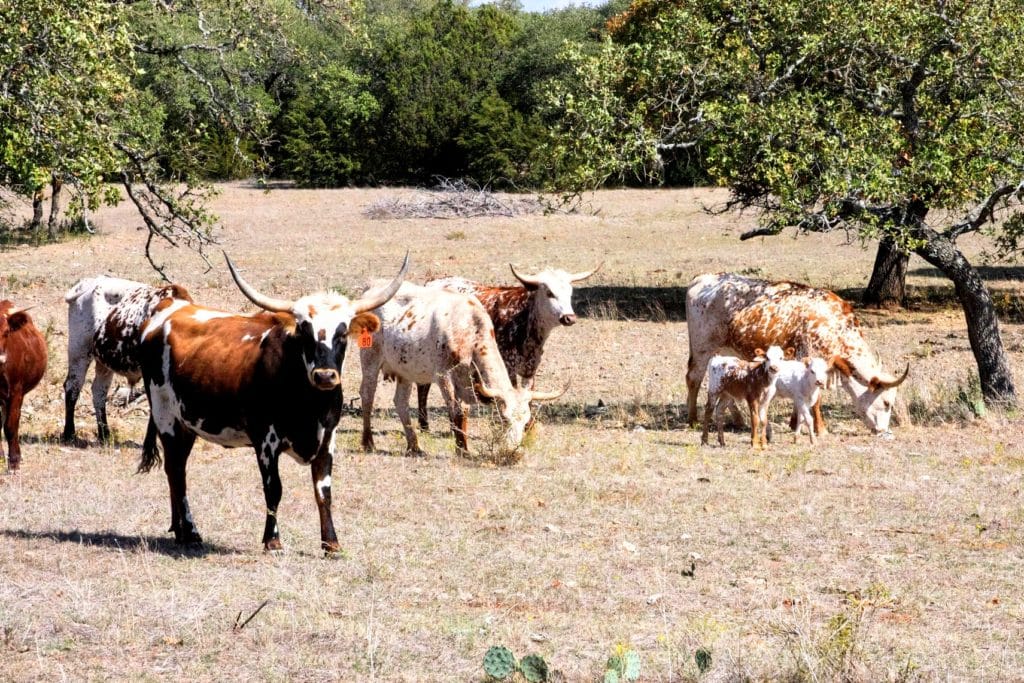
By wild, of course, I mean a dropped branch from a mesquite tree now shading its cast-off limb. You pick up such things in Texas and it’s already seasoned and dried down to 6% by many weeks and even months of 40+ degree sunshine–centigrade of course. In that world, I discovered my wildwood supplies and made from what I found. Fire ants covering part of a limb meant food inside in the form of long-horn wood borer larvae which they’d despatched as food and the bug runs cleaned out for access to deeper realms. These then decorated the final coat rack yet to be made and had an especially high value to collectors of western-style woodworking for the ranch, home, and office. The deep black mineral deposits added ever hue between black and brown and then too that lovely warmth only mesquite can offer.
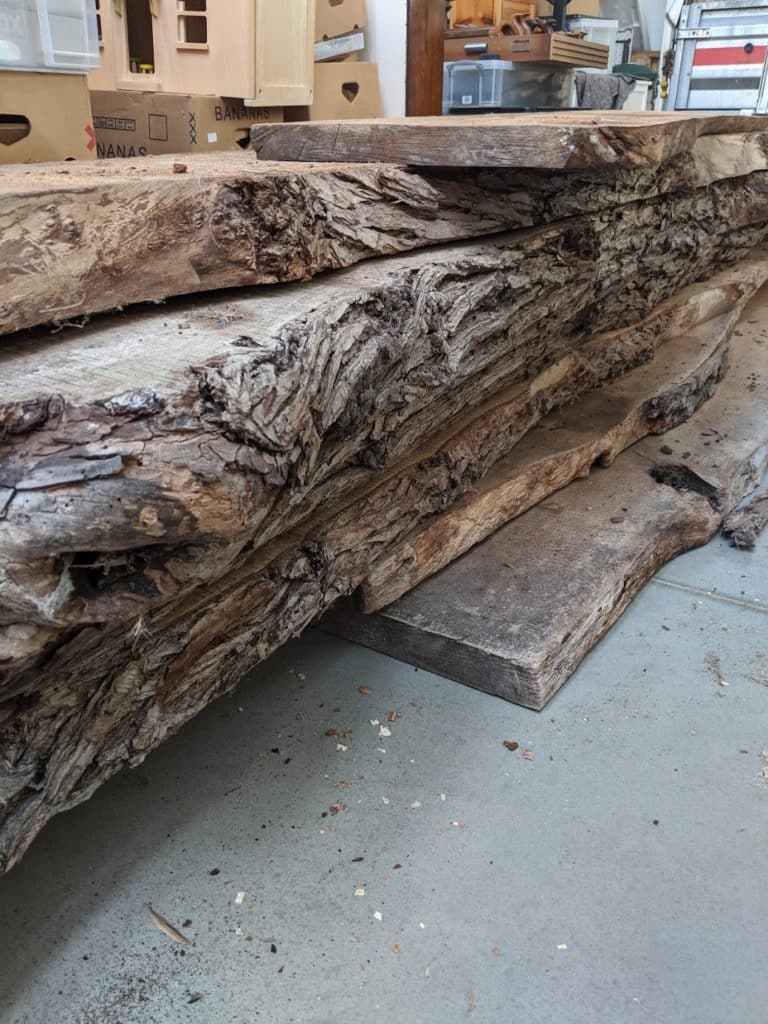
Here in the UK, it’s the same yet different. I walk with my eyes open and my mind engaged to find. After Texas living I search for a dropped limb or two but knowing that here it will be saturated not dried through. In Texas, I could make camp from mesquite as dry as a bone and light the starter with dried grasses in an instant. Native pecan, live oak, juniper, mesquite all burn well and burn hot too. My kettle would boil and I’d make tea and toast my bread and the river water was crystal clear right from the Dry Frio River. When I was done I’d slide into the river to cool down and clean off and then head for home an hour’s drive away beneath the mesquites and through the underbrush.
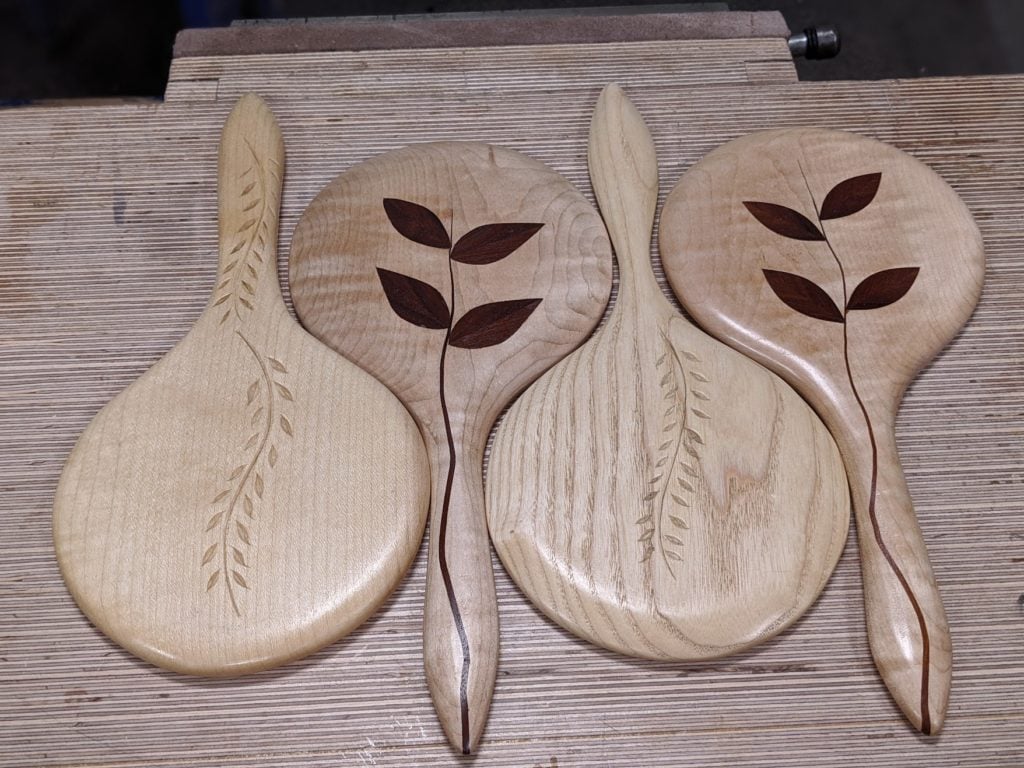
Here in the UK I am unlikely to find windfalls of rich and dark woods; more common to find a lighter-grained hardwood than the rich deep red of the mesquite growing in the southwest. Throughout the hotter regions of Texas, you can scarcely walk more than a few yards without finding mesquite. It’s still amazing to me though that I can take a section of ash from a stem and make a mirror as shown below. All you need is a 1/2″ thick piece 6″ wide and 12″ long and you’re on your way. What would it sell for? I’d sell it for around £50 in English ash. If I were in Texas as in times past, and I had made it from mesquite, I would sell it for $95. Demand for hand made, truly hand made, was always high in the USA. Americans seemed always to find great value in knowing someone made anything by hand. I never had any problems selling my work and it was of great reward for me to not have to sell because people wanted to buy.
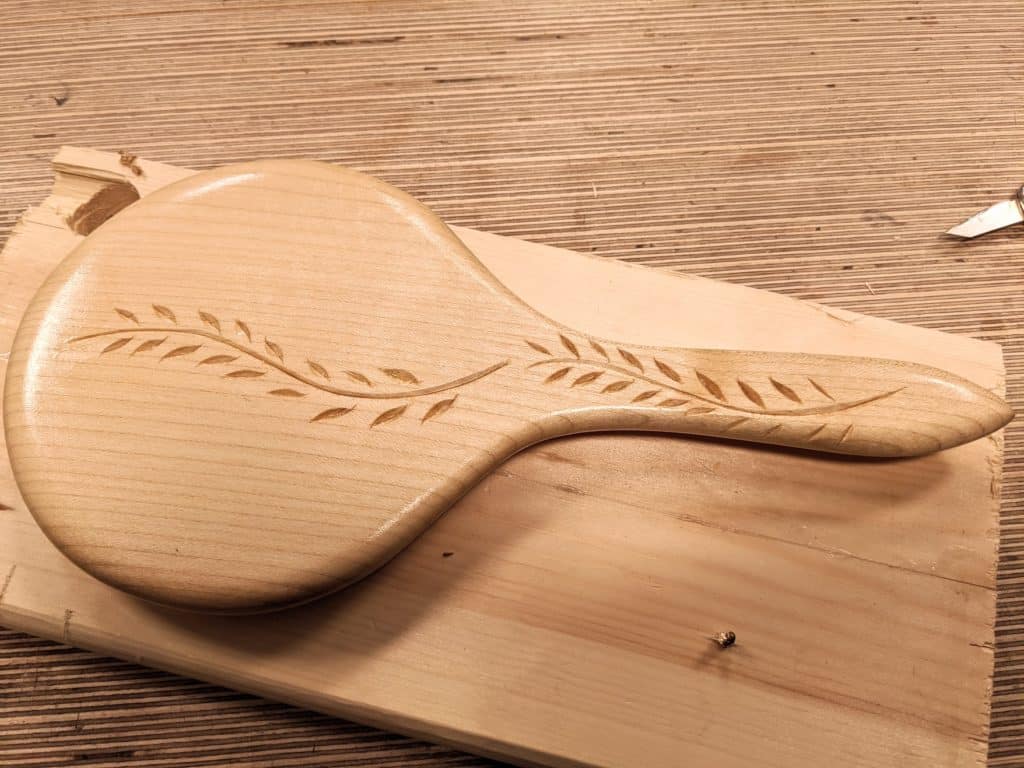
In a skip (US dumpster) I saw a leg sticking out from the junk and rubble. It was a beech tapered leg from an old and poorly made seat of some kind.
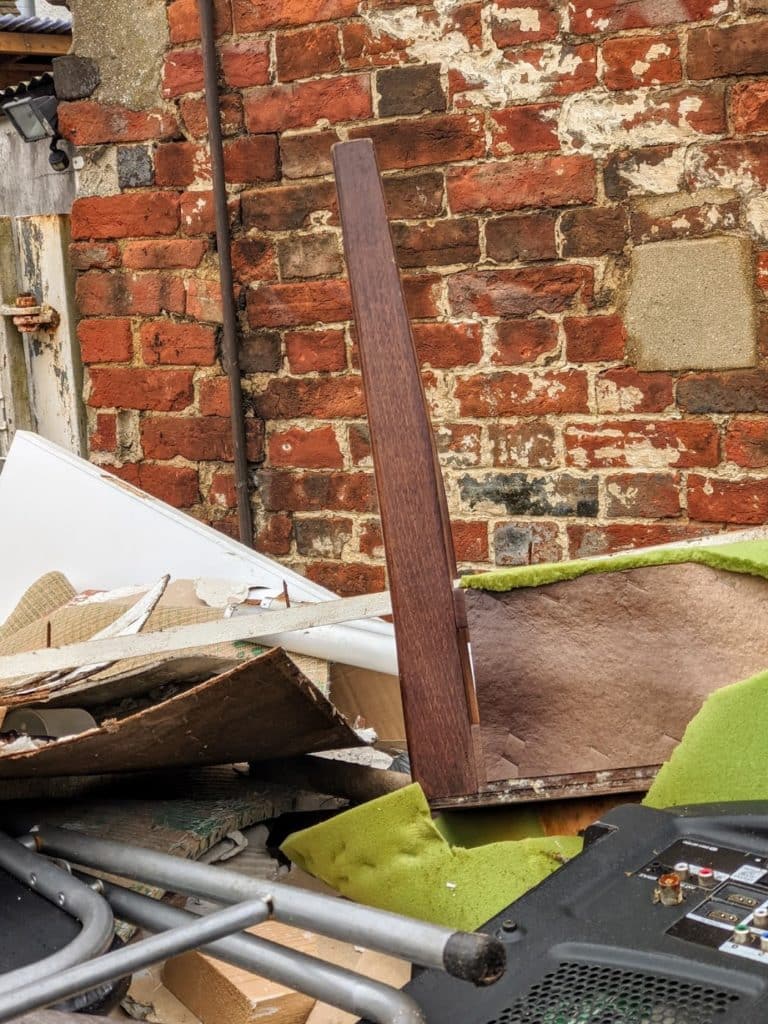
A spokeshave and a scraper takes it to round and I salvaged something yet again. In my looking, I saw a rolling pin where others see only an odd leg. I know, it’s a small thing, but somehow I feel good about taking the lost and forlorn and seeing something beautiful and useful come from it.


Thank you for sharing these thoughts.
I’m quite happy here in Texas and agree with all you say about the wildness of West Texas and our Hill Country.
I hope you’ll be sharing details on those mirrors. I’d love to make one for my wife, perhaps even out of mesquite.
It would be very nice in mesquite and indeed I have lots of mesquite wood here with me that I cut from trees in Texas and brought over here with me.
Earlier this week I saved the wooden handle from a bicycle pump I was intending to throw away. I figured the wooden handle could be sawn in half and be made into two file or chisel handles on the lathe. As I was taking it apart I saved a few other bits as well. The end result was that just about every part of two bicycle pumps (steel and aluminium pipes, steel rods, metal washers and a manometer) was saved for future use instead of throwing the pumps away. I had to laugh at myself. Life would be easier if you could actually throw things away without a care. The irony is that two days later someone asked me to weld a washer to one of his tools. As I was looking through the drawers of assorted washers I found one with the perfect fit, no filing or drilling required. It was one I had removed from one of those bicycle pumps a few days before….
No such thing as ‘trash’. There aren’t many things that don’t have the potential to be made in something else with a bit of imagination, creativity and/or necessity.
I love to do the same thing
But my wife calls me a hoarder and
I also collect lucky money
Pennies, nickels and dimes I find in the street
Michael in bx
This is all so true, of time’s past copper mallet handle’s we’re recovered, by me, after the mallet had served it’s purpose, being destined for the scrap heap, they are due to be reshaped chisel handles from eBay. A gift to a friend. Circle of life.
It’s the creative process I am attracted to, taking someone else’s junk and making something useful. But you can collect to much “stuff” and then it can become a lot of clutter. Yesterday I took my cardboard boxes full of scrap pieces of wood and burned them in the brush pile. Not to worry I still have a lot of odds and ends around!
I’ve lived in Texas on and off for roughly ten years-I love everything about Texas EXCEPT the humidity. My late Mother was from County Armagh Northern Ireland and my wife is from Germany while Dad was a 6th generation Californian. That being said I have learned to appreciate and love the night and day differences found in this world….
I lived much of the time in the Hill Country west of Austin, Uvalde, Kerville, Fredericksburg. I didn’t find the humidity at all heavy there and lived there with no air conditioning and it was fine.
Aloha Paul,
Mesquite or Kiawe[here in Hawaii], before the asphalt, was commonly used for roadways surfaces. That’s how tough this wood is. It came to Hawaii as the pods that were used to feed the cattle when on board ship. Once the ship had reached landfall, the cattle were thrown off the ship, into the water to swim ashore. This must-have scared the cattle enough to make them drop poo of the seeds once they reach the shore. These landings are still visible today by the growths of the wild Kiawe Forests. The ‘pods’ of the Kiawe were important as food for these cattle for the ranchers since in these desert areas the King of Hawaii gave to the first ranchers to start their ranches.
The timing of the Kiawe tree being brought to Hawaii and the need of the honeybee here are closely related to the decline of the native birds. Mosquitoes brought to Hawaii and elsewhere were alive in the bilge waters of the tall sail ships. These flew to the forests and feasted on the birds during the night and many birds died from the diseases they carried. The date of the cattle being brought to Hawaii was 1824. By 1857 the cattle ranchers had found out why the young forests of Kiawe trees were not bearing any pods, there were no pollinators in Hawaii[Honeybees]. So they brought honeybees and not only got the Kiawe pods to be fruitful for the ranchers but also the trees and plants that had lost the pollination the native birds had done. So cattle being brought to Hawaii and than Honeybees, to pollinate the Kiawe, actually saved many local people from starvation that the lack of a pollinator, the native birds replaced by the Honeybirds. As to just how tough Kiawe is, my father when we first came to live in Hawaii found out. Splitting wood for the grill with His Father double-headed ax, hit the chunk of Kiawe with a blow that should have done the job. But it rang as he had struck Metal. On the next swing, it sounded like a dull thud. Undaunted he turned the ax to use the other side, 2 swings later, with the same results, he looked at the blade edge to see both edges snapped clean off! So hard and unyielding is Kiawe! You must only use carbide blades when working it.
I accept the first part of your comment regarding the pollinators, birds and bees and such, but the second part is more a nice tale. I know mesquite as an expert on the subject and not a reader of information. I used it for 25 years on a daily basis and cut it into a myriad of things too numerous to mention. Everything from bird feeders to two credenzas for the White House and many a dozen furniture pieces came from my edge tools, axes, chainsaws, and machines too. I used to hear ranchers say similar things but their stories were indeed taller than those of Texas fishermen talking about their last catch of a catfish it was so big it pulled the boat down into the water until they let go of the rod.
True too of Texas cattle movement through vast tracts of land during the cattle drives to Fort Worth where you can follow their path for hundreds of miles by the abundance of mesquites foresting those areas. The beans are indeed good fodder and the cattle love the w=sweet taste of them but di you know that you can also pulverise the tree itself and feed it to cattle and they will gain weight on it! How wild is that!
I live in Stockport U.K. which for you guys who don’t know is Quite an old town !
My area is rather urban with some nice country style walks nearby where I can walk my dogs . I loved reading the anecdotes you shared of your homeland, which is so different to what I’m used too. I look and listen for wildlife but with two dogs it can be difficult! I also look for odd shapes in fallen branches etc., but as you say everything is so wet (especially now).
Thank you all for your stories !
We Texans can thank the Spanish explorer Coronado for the mesquite trees. As he explored the Southwest he brought sacks of the beans from Mexico to feed his horses.
Our cattle drives finished the job of spreading the trees.
Build an English Warbow with matching arrows!
Its a great lesson in wood bending’ tension and compression.
I recently have the luck of enjoying the outside and some therapeutic cutting of Ashe Juniper. I was wondering if you find figured or other abnormal grain in Ashe Juniper? A friend of mine had a very old Ashe Juniper fall from a wind storm. The cutters left the large stumps and other wide pieces. There are lots of crotches and other interesting wood twistings and fusions. Do you find Curls, Burl’s, and other grain patterns that are worth the extra time in attempting more difficult cuts? There is always a chance but not all tree species create these abnormalities equally.
Ashe Juniper has some very stunning grain. Often misnamed by Texans, and I am sure others too, as just the plain catchall “cedar” and not related at all, ashe juniper is much more dense and hard and has the rich honey colour this is not dissimilar to yew. This wood his high in natural oils and is also used by the perfume industry. At one time there was an oil extraction company in Leakey that bought all the ashe juniper they could to boiled it down to extract the oils from the stems and branches.